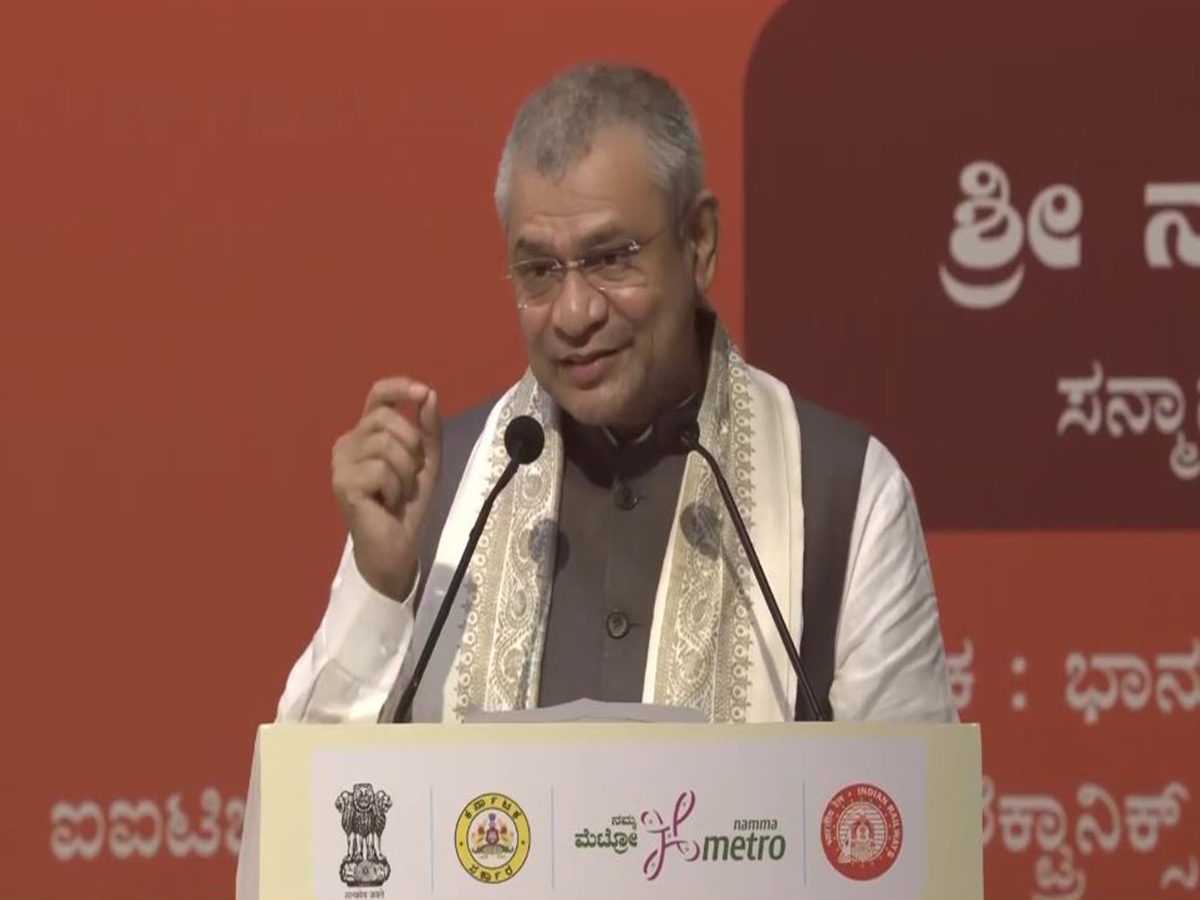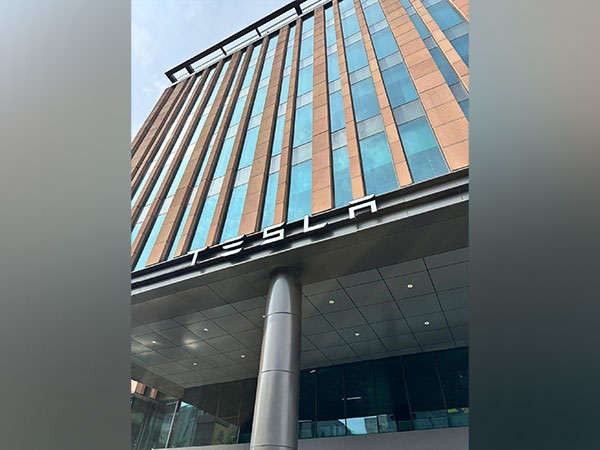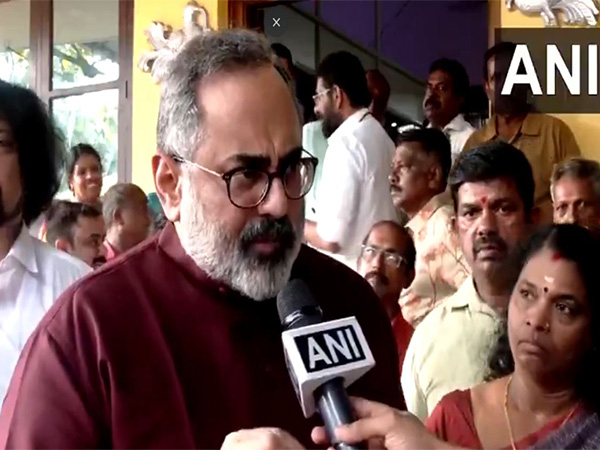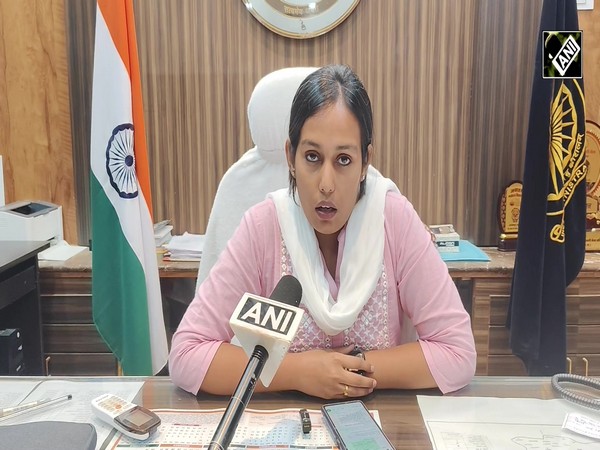Large Indian banks are expected to improve their asset quality in the current fiscal year : S&P
May 29, 2024

New Delhi [India], May 29 : India's largest banks are poised to improve their asset quality in the current fiscal year, bolstered by record net incomes that will enable them to enhance their balance sheets and underwriting standards, according to an analysis by S&P Global Market Intelligence.
The cumulative nonperforming loans (NPLs) of India's three largest private and three largest public banks fell to 2.483 trillion Indian rupees in the 12 months ending March 31, marking an 11 per cent decrease from the previous year's Rs 2.791 trillion.
This improvement occurred despite a 56.8 per cent increase in HDFC Bank Ltd.'s NPLs to 311.73 billion rupees following its merger with Housing Development Finance Corp. Ltd.
All major Indian banks reported record profits for the fiscal year ending March 31, driven by strong lending growth and enhanced asset quality.
The State Bank of India (SBI), the country's largest bank by assets, saw a 20.6 per cent increase in net income, reaching 670.85 billion rupees, up from 556.48 billion rupees the previous year.
SBI also experienced a 15.2 per cent year-over-year credit growth. HDFC Bank's full-year income surged by 39.3 per cent to 640.42 billion rupees.
Other major banks, including Bank of Baroda Ltd., Punjab National Bank, Axis Bank Ltd., and ICICI Bank Ltd., also posted record-high net income gains, according to S&P Global Market Intelligence data.
Banks' overall advances rose during the financial year, and record profits boosted the return on average equity (ROAE).
Axis Bank reported the largest ROAE increase, up 997 basis points to 18.50 per cent, while Punjab National Bank logged a 524-basis-point gain to 8.56 per cent.
The average gross nonperforming assets (NPA) ratio of Indian banks is expected to improve to 3.1 per cent by September from 3.2 per cent a year earlier, according to the central bank's biannual Financial Stability Report.
The central bank's stress test exercise indicated that commercial lenders have sufficient buffers to maintain capital ratios above regulatory minimums even under adverse scenarios.
"The banking sector's asset quality is improving, buoyed by a confluence of supportive structural and cyclical factors," said Deepali Seth Chhabria, a banking analyst at S&P Global Ratings.
Retail loans, including housing, consumption, auto loans, credit cards, and educational loans, have increased faster than loans to large businesses since the COVID-19 pandemic.
Retail advances grew to 35 per cent in 2023, up from 25 per cent in 2007, according to a research paper by central bank employees.
"Both the secured and unsecured components have registered growth rates higher than overall bank credit growth," the paper noted, adding that the "surge in retail credit" persisted even after the central bank phased out temporary pandemic relief measures.
"We believe underwriting standards for retail loans generally remain healthy, and the overall level of delinquencies remains within acceptable limits for this product category," Chhabria said.
India's GDP is projected to grow by 7.0 per cent in the fiscal year that started April 1, maintaining its status as the world's fastest-growing major economy.
However, credit growth is expected to moderate from the 16.3 per cent year-over-year increase recorded at the end of March. Private sector banks saw credit growth of 19.3 per cent, while public sector banks recorded 14.7 per cent loan growth.
Chhabria forecasts system-level credit growth to moderate to 14 per cent in the new fiscal year.
"Combined with tight liquidity, the central bank's recent actions, including ruling on applying higher risk weights to unsecured personal loans, are likely to limit credit growth in fiscal 2025," Chhabria noted.
The Reserve Bank of India (RBI) increased risk weights on unsecured personal loans, credit cards, and lending to nonbank financial companies by 25 percentage points in November 2023.
Additionally, the RBI proposed new guidelines on project financing, requiring lenders to set aside 5 per cent of outstanding exposures during the construction phase, up from the current 0.4 per cent. Once operational, the requirement will drop to 2.5 per cent.
The robust financial performance of India's largest banks, characterized by record net incomes and improved asset quality, positions them well to navigate the challenges ahead.
Continued regulatory measures and strategic improvements in underwriting standards are expected to sustain this positive momentum, further strengthening the country's financial sector.




















